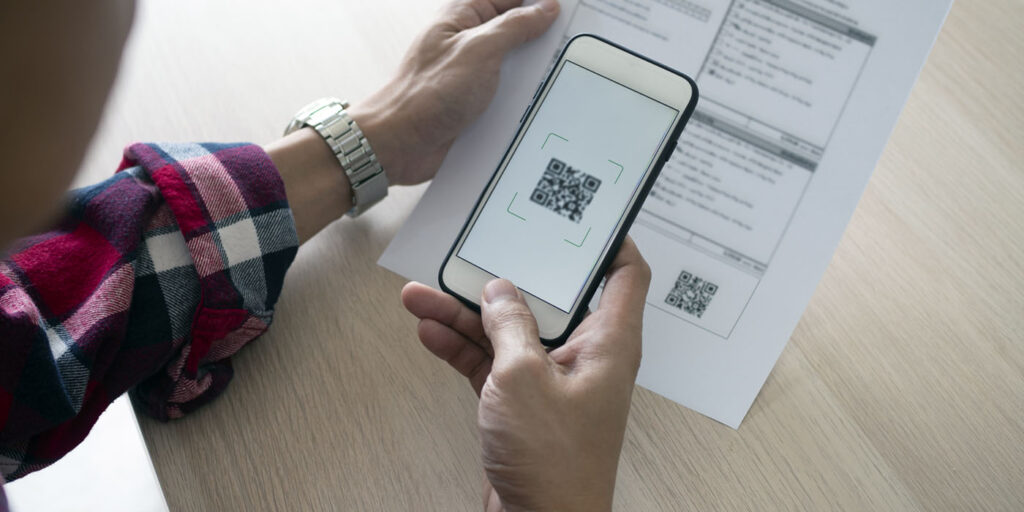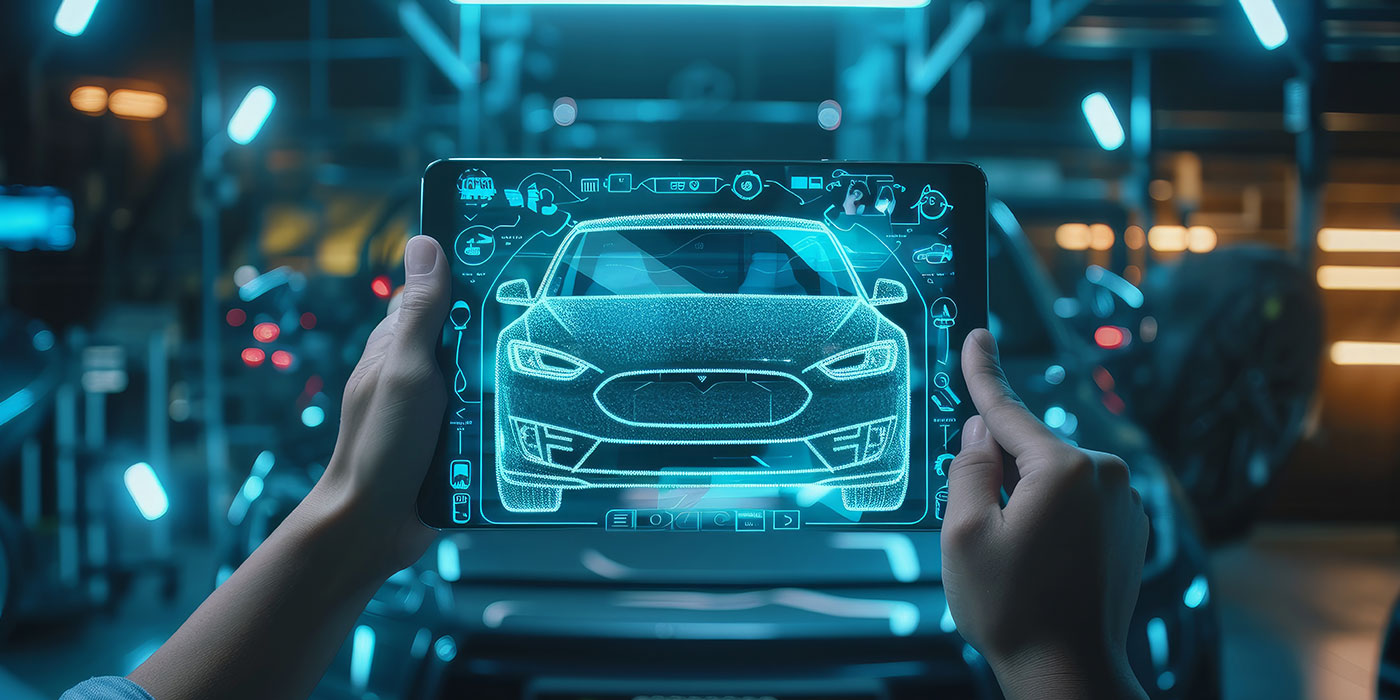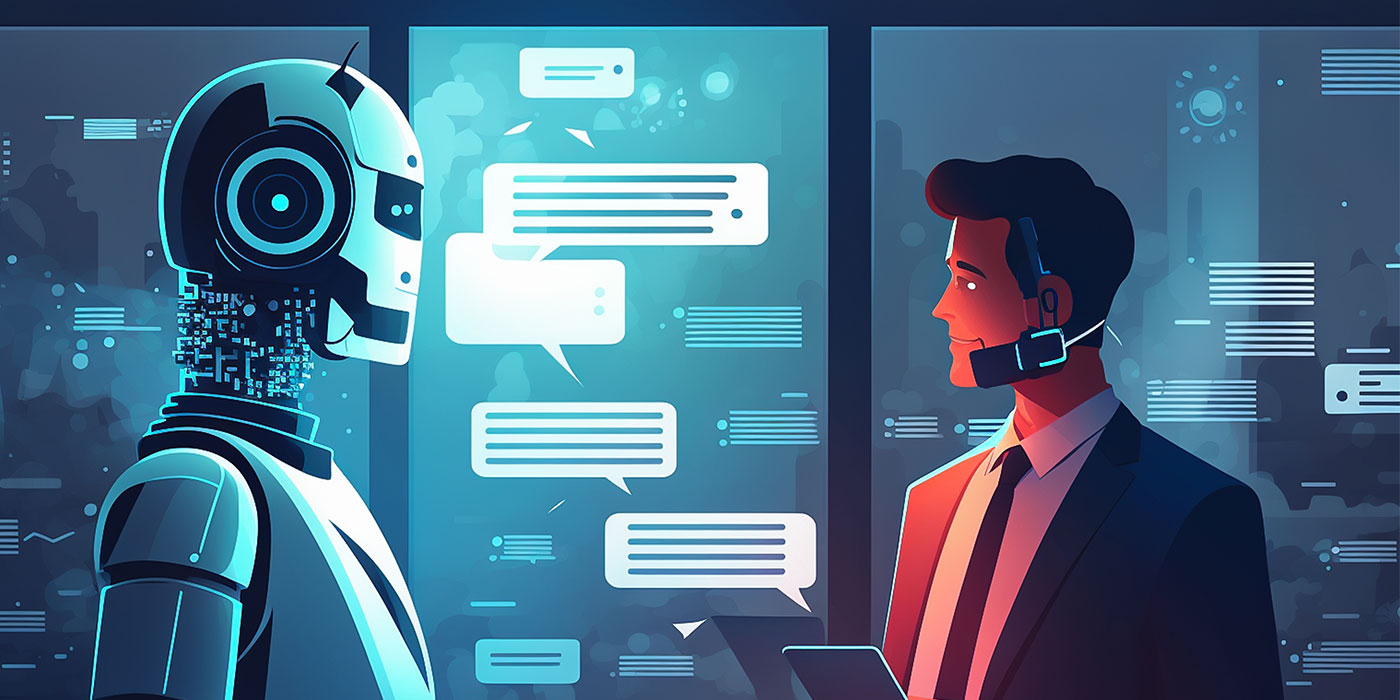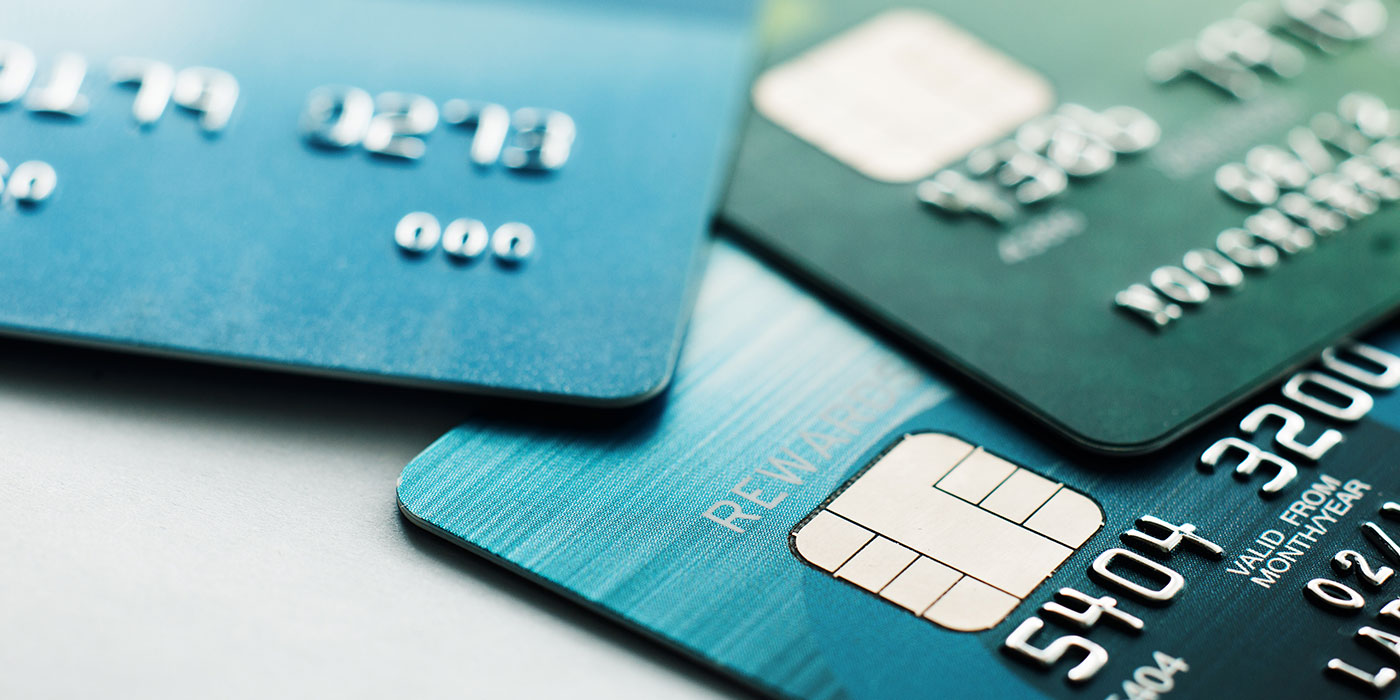Despite the popularity of online shopping, subscription services and peer-to-peer payments, some consumers remain hesitant to embrace electronic methods for paying their bills. In the auto lending industry, about 21% are making automobile loan payments in-person, over the phone or by mailing a check or money order, according to our recent bill payment study.
That means a significant number of your customers are still using traditional, non-electronic methods to pay their bills. When you consider the fact that Americans take out 2.3 million new auto loans each month and the average loan term is 65 to 70 months, according to LendingTree, that adds up to an enormous amount of manual processing and expense for lenders.
So, how can you encourage your customers to transition to electronic payments? Here are four areas in the auto loan process that are ideal for getting borrowers to embrace electronic loan payments.
During the Loan Onboarding Process
While you are finalizing loan terms and discussing payment options, it makes sense to bring up the topic of electronic bill payment. In fact, why not make electronic payment setup a regular part of the loan onboarding process? This is easy when your payments platform is compatible with all digital channels, including phones, tablets and computers, and even interactive voice response (IVR) for phone-in payments.
A popular electronic payment option is autopay, which is a win-win for both borrowers and lenders, since it takes the time and worry out of bill payments and ensures loans get paid on time, every time.
Additionally, the loan officer should take time to explain to new borrowers the benefits of modern autopay options, which include having greater flexibility in paying when, where and how customers prefer. With today’s borrowers accustomed to using a variety of different payment types for consumer purchases — including cards, Apple Pay and Google Pay, and cash — allowing them to pay their auto loans with these same methods is a natural fit with their purchasing habits and preferences.
With modern autopay options, you give your customers the control they want over payments, such as enabling them to pay their auto loans with a card one month, Apple Pay or Google Pay the next, and with digitized cash during another billing cycle. All of these options are faster and more convenient for your customers than writing and mailing a check.
By discussing loan payment methods as part of the loan process, you have the opportunity to fully explain and promote electronic payments face-to-face as well as answer questions and address any concerns.
When Customers Call to Make a Payment
Phone payments are an inefficient use of your customers’ time as well as your staffing resources and dollars. But you can use customer service interactions to invite phone-pay regulars to convert to electronic payments.
Train your agents to ask these callers if they would like to enter their own payment information (i.e. card number) to pay their bills. If the caller says “yes,” the agent sends a personalized payment link by email or text message and waits while the customer completes the payment. The agent can then point out how the customer can use this same personalized link for future payments, with the option to pay using any of your available electronic payment types, without having to take the time to call and pay over the phone.
This process keeps your call center agents PCI compliant while still giving them the ability to sign customers up for self-service payments. This also provides agents an opportunity to encourage autopay signup, letting customers know they can skip these steps in the future if they sign up for recurring payments today.
When your customer service agents participate in teaching electronic bill payment skills, customers will have greater confidence they can manage the task independently in the future.
Via Bill Statements and Reminders
Many lenders send a prompt to pay, whether it be a billing statement, a phone call or a digital notification that payment is due. This touchpoint is the perfect place to equip customers to pay electronically.
For digital communications, embed a secure, personalized link in the statement or notification that takes the customer to the payment screen with just one click. Or for paper documents, include a customized QR code the customer can scan with a phone.
One-third of consumers (33%) say they would be likely or very likely to use a QR code to pay their bills, according to our study. This validates the need to make loan payments as easy as a scan and a few clicks. When you make bill payments this easy, your customers will be more likely to embrace electronic payment.
When Customers Pay in Person
There are many reasons customers continue to pay in-person. Some consumers pay in person out of habit, because it’s what they’ve always done (and perhaps don’t know about alternatives.) Others simply prefer to or have no choice but to pay with cash, money orders or other in-person payment methods.
In fact, 25% of U.S. households are unbanked or underbanked, according to the Federal Deposit Insurance Corp., meaning they choose to conduct some or all of their financial transactions outside of the mainstream banking system. In most cases, these customers don’t have the choice to self-serve, forcing them to pay on-site.
Payment platforms that provide remote options for these customers allow them to pay bills remotely, including cash payments at neighborhood retail locations, such as participating 7-Eleven and CVS Pharmacy stores. To make cash payments, the customers simply show the cashiers personalized barcodes on their phones and hand the cashiers the cash. The cashiers scan the codes, take the payments and give the customers their receipts.
Any time your customers visit your office to pay in person, your service agents should tell them about the various options for paying electronically, including recurring automatic payments and remote cash. Many will appreciate the ease of paying when and where they want without having to drive to your location.
Making It Easy
There are many benefits of electronic bill payment for both auto lenders and borrowers — speed, security, reliability, cost and convenience — and yet customers are unlikely to adopt a new method of bill payment unless that process is easy to learn and convenient to sustain.
Using existing touchpoints in the auto loan cycle to introduce electronic bill payment increases the likelihood your customers will begin using electronic bill pay options and, ideally, enroll in autopay. Partnering with the right bill payment provider is another step that makes sense. Not only will this ensure your electronic bill pay system is seamless, comprehensive and current with customer preferences, but you’ll have the backup support, like customer service and cyber security, that builds confidence with your customers.














